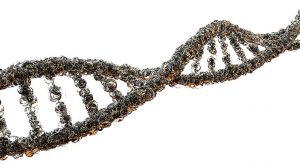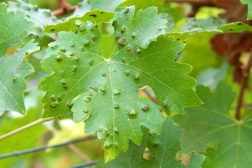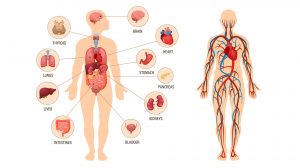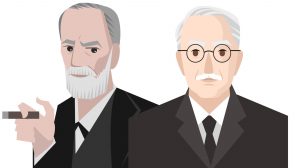Table of Contents
Definition
noun
plural: flavin mononucleotides
fla·vin mon·o·nu·cle·o·tide, ˌmɒnəʊˈnjuːklɪəˌtaɪd
A biomolecule (chemical formula: C17H21N4O9P) derived from riboflavin (vitamin B2), and functions in various metabolic activities such as acting as a cofactor in various oxidation-reduction reactions
Details
Overview
Flavin mononucleotide (FMN) is a mononucleotide. A mononucleotide is a type of nucleotide characterized by being a single unit made up of a nucleobase, a pentose, and phosphoric acid.
Characteristics
Flavin mononucleotide (FMN) (chemical formula: C17H21N4O9P) is a mononucleotide also referred to as riboflavin-5′-phosphate, riboflavin mononucleotide, or vitamin B2 phosphate. It is a biomolecule derived from vitamin B2 (riboflavin) through the catalytic activity of the enzyme riboflavin kinase. In essence, a phosphorylated vitamin B2 is FMN. The flavin denotes to where FMN is derived from, i.e. riboflavin (or vitamin B2). Etymologically, flavin is derived from the Latin term flavus, for “yellow”. That is because riboflavin comes from ribose and flavin, which is the ring-moiety that imparts the yellow color to the oxidized molecule. Thus, FMN belongs to a group of flavins, which refer to organic compounds formed by the tricyclic heterocycle isoalloxazine. Another example of flavin compound is flavin adenine dinucleotide (which is flavin attached to adenine dinucleotide).
Common biological reactions
Common biological reactions
FMN is capable of acting as an oxidizing agent. Compared with a common oxidizing agent NAD (nicotinamide adenine dinucleotide), FMN is a stronger oxidizing agent. Both FMN and FAD can accept either one electron in a two-step process or two electrons at once.1
Biological importance/functions
FMN is a mononucleotide that acts as a cofactor. In particular, it assists certain oxidoreductases (e.g. NADH dehydrogenase) in various oxidation-reduction reactions. It is also functions as a cofactor in blue-light photo receptors.
FMN can be found in tissues (e.g. muscles) and cells (e.g. erythrocytes and platelets). Some of the biochemical pathways that this biomolecule is associated with include vitamin B6 metabolism, riboflavin metabolism, pyrimidine metabolism, beta-alanine metabolism, arginine and proline metabolism, and pantothenate and coA biosynthesis.
The mononucleotide FMN may be converted to FAD (a dinucleotide) trough the action of FAD pyrophosphorylase with ATP. FAD, similarly a cofactor in various redox reactions, consists mainly of adenine and FMN joined at their phosphate groups. FMN, just as FAD, forms certain flavoproteins when conjugated with certain proteins. These proteins are essential in many biological processes, such as DNA repair, bioluminescence, photosynthesis, and the removal of free radicals.
FMN is used in food industry as a food additive, e.g. in milk products, sweets, and sugar products. It imparts an orange-red food colour. When ingested, FMN is digested, liberating free riboflavin.
Supplementary
Abbreviation(s)
- FMN
Variant
- Flavine mononucleotide
IUPAC name
- {(2R,3S,4S)-5-{7,8-dimethyl-2,4-dioxo-2H,3H,4H,10H-benzogpteridin-10-yl}-2,3,4-trihydroxypentyloxy}phosphonic acid
Chemical formula
- C17H21N4O9P
Synonyms
- riboflavin 5′-phosphate
- Riboflavin monophosphate
- Flanin
- Riboflavin mononucleotide
- Vitamin B2 phosphate
Further reading
See also
- nucleotide
- flavin adenine dinucleotide (FAD)
- flavoprotein
Reference
- Wikipedia Contributors. (2019, March 14). Flavin group. Retrieved from Wikipedia website: https://en.wikipedia.org/wiki/Flavin_group
© Biology Online. Content provided and moderated by Biology Online Editors







